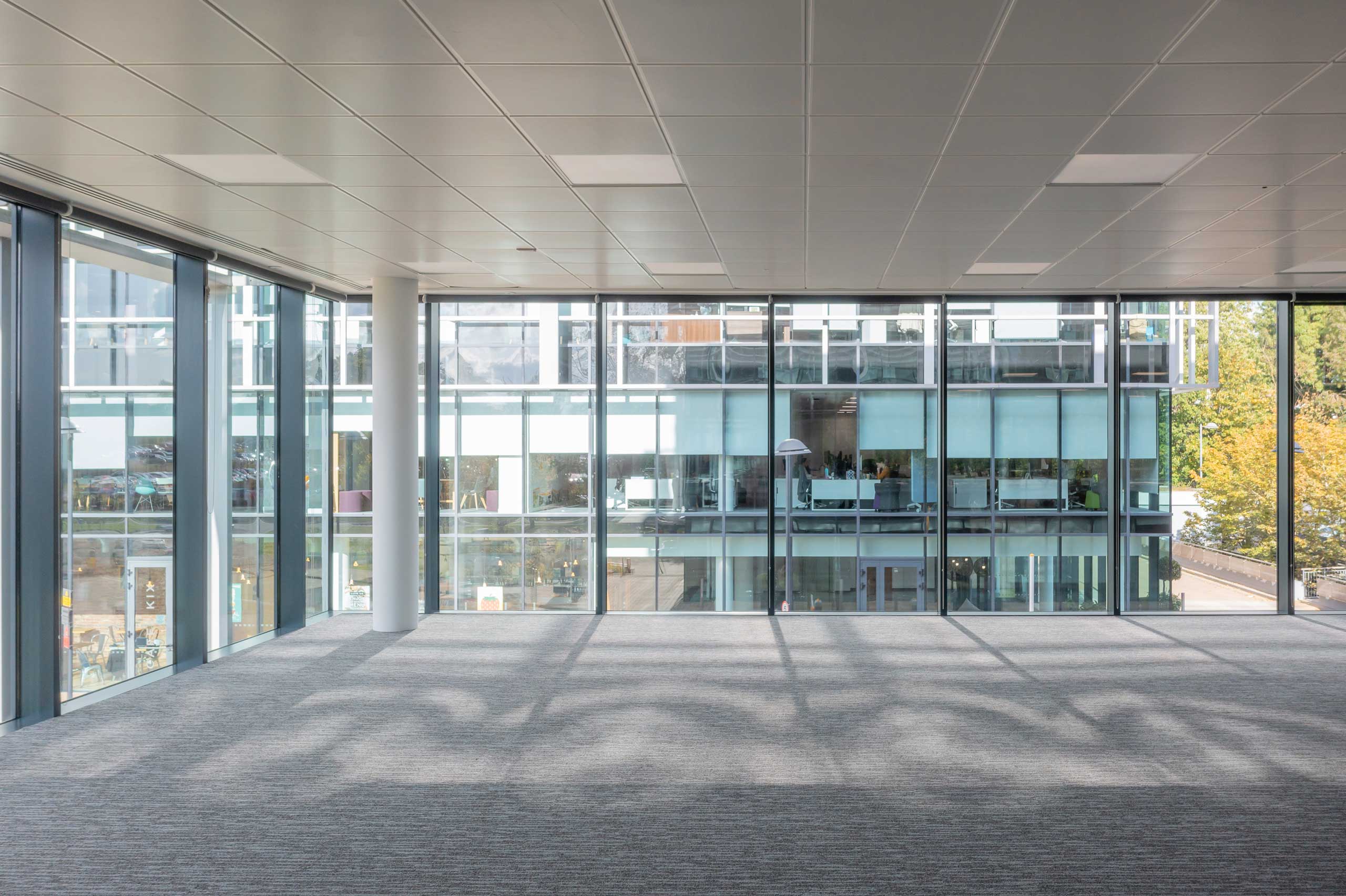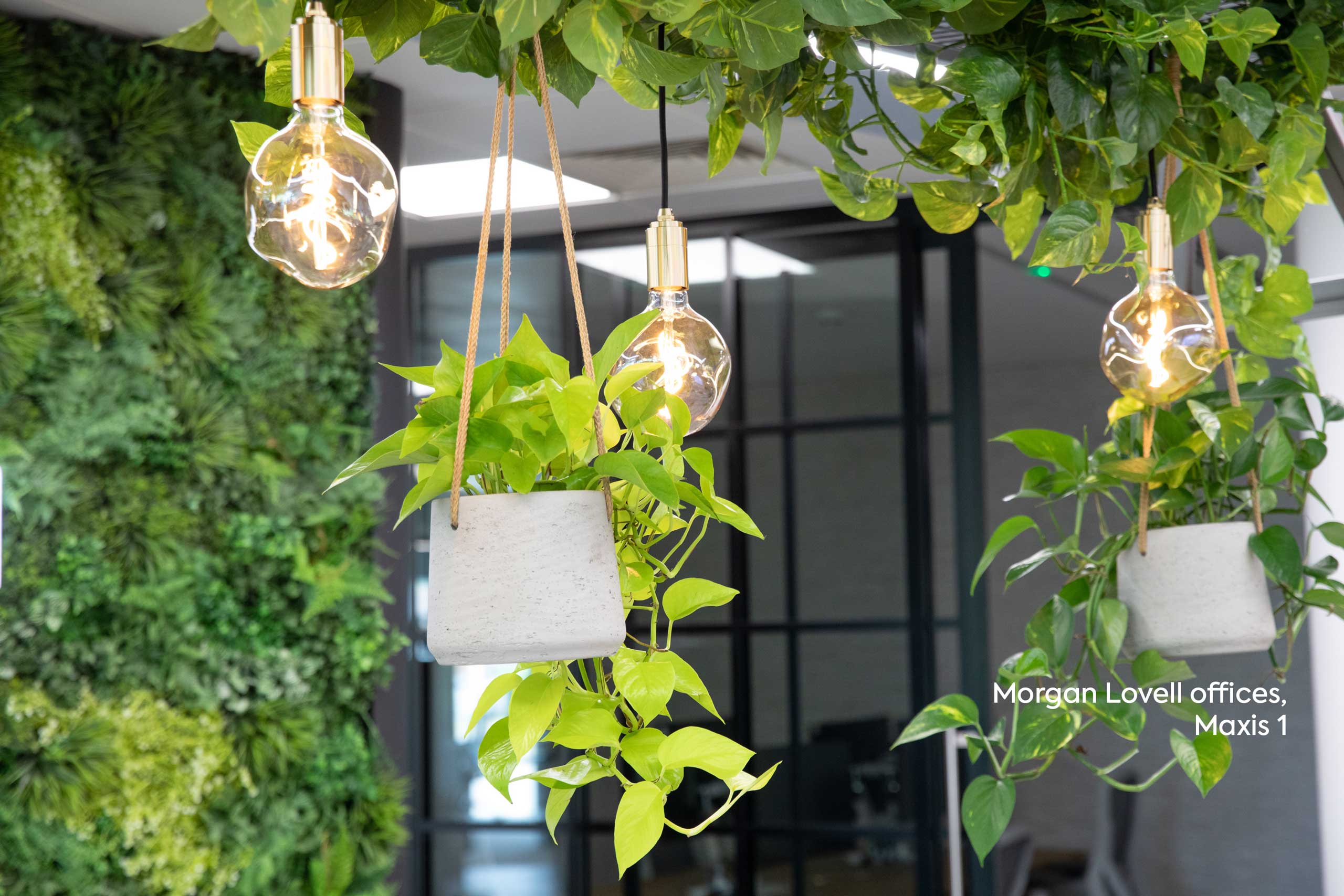Employee engagement and job satisfaction are two crucial elements that can determine the success of a business. Their synergy can make or break a company’s success. The ambience and design of an office space, combined with its utilities, are powerful tools in moulding these crucial elements.
So, let’s delve deeper into understanding this intricate relationship between office spaces, employee engagement, and job satisfaction.
Employee engagement and productivity
Employee engagement refers to the emotional commitment an employee has towards their organisation and its goals. An engaged employee is not just working for a paycheck or the next promotion, but they are working on behalf of the organisation’s goals.
When employees are engaged, they are more productive. They bring their best selves to work, show greater creativity and are likely to stay longer with the company.
Job satisfaction
Job satisfaction, on the other hand, is a measure of how content an employee is with their job. It’s a reflection of how well the job meets the employee’s expectations. Satisfied employees are less likely to leave, reducing turnover costs for the company.
They also tend to be healthier, reducing absenteeism. When employees are satisfied with their jobs, it creates a positive work environment that can have cascading benefits throughout the organisation. While job satisfaction can be seen as a yardstick to gauge how elated an employee feels about their role, it represents how effectively a job resonates with an employee’s expectations.
How the office environment affects employee engagement
A well-designed office space can directly influence how employees feel about their jobs. Factors such as natural lighting, ergonomic furniture, collaborative spaces, and even the colour of the walls can affect an employee’s mood, motivation, and overall engagement levels.
A space that promotes well-being can make employees feel valued and, in turn, more committed to their roles. It’s all about the details, from access to daylight, the comfort of furniture, and spaces fostering teamwork; all of these can affect their daily mood and drive.
In an environment that prioritises employee well-being, the message is clear – the company cares. This, in turn, catalyses their dedication, pushing them to invest more emotionally and professionally into their roles.
The benefits of an engaged workforce
Having an engaged workforce has numerous benefits. Engaged employees are likely to be more customer-focused, produce higher-quality work, and be more proactive. They also tend to advocate for the company, becoming brand ambassadors in their own right.
From a financial perspective, companies with high employee engagement levels report higher profitability and shareholder returns. When someone is truly engaged, their motivations transcend just the monthly salary or an elusive promotion; they become torchbearers of the organisation’s mission.
Engaged employees not only bring their top game daily, but their heightened productivity is evident. They wear their passion on their sleeves, their creativity flourishes, and their tenure with the company often extends, fostering long-term associations.
How workspace affects productivity
Workspace design goes beyond aesthetics. It affects how employees interact, how much noise they are exposed to, and how easily they can focus on tasks. Open-plan offices, for instance, can promote collaboration but can also be distracting.
On the other hand, individual cubicles can feel isolating. Finding the right balance is key. Modern office spaces are now considering flexible workspaces, where employees can choose where and how they want to work depending on the task at hand.
The contemporary solution gravitates towards flexible spaces, granting employees the autonomy to pick work settings that resonate with their immediate tasks.
Conclusion
The office space is more than just a place where employees come to work. It plays a crucial role in shaping their experience, which in turn affects their engagement and satisfaction levels. Investing in a thoughtful workspace design can yield significant returns in terms of productivity, loyalty, and business outcomes. Creating a holistic workspace can translate into monumental returns, spanning enhanced productivity, steadfast loyalty, and robust business growth.
Companies that understand and act on this are likely to have a competitive edge in attracting and retaining top talent, luring and nurturing the best in the business.
Grade-A office space in the perfect working environment
Maxis is proud to be rated BREEAM ‘Excellent’, representing best practice for sustainability performance. At the end of 2022, we successfully installed 46,444 sq ft of solar PV at Maxis, saving 238 tonnes of CO2 per year, the equivalent of planting 10,914 trees.
By the end of 2023, we aim for both buildings to be fully electric. To learn more, get in touch with us today.



